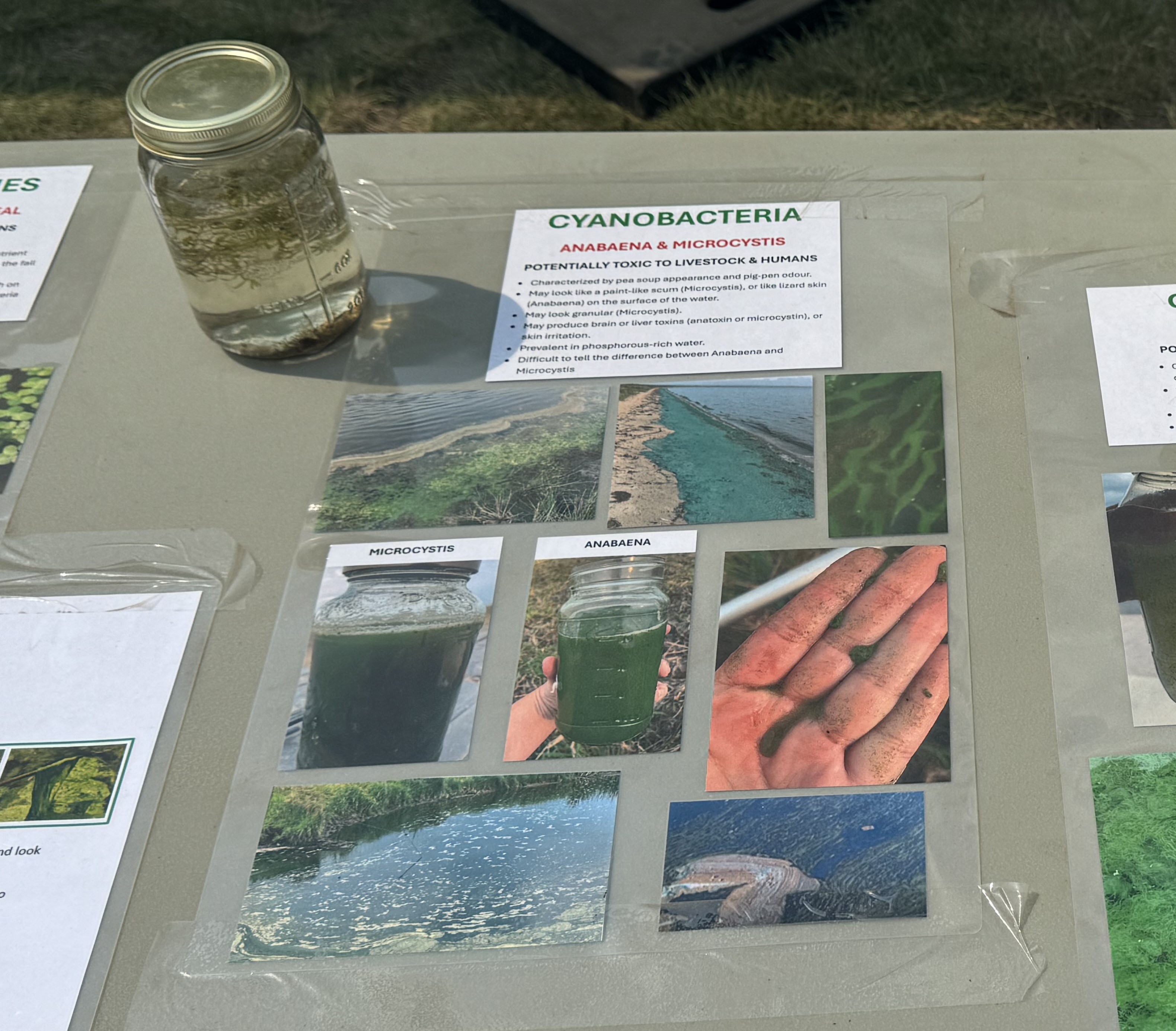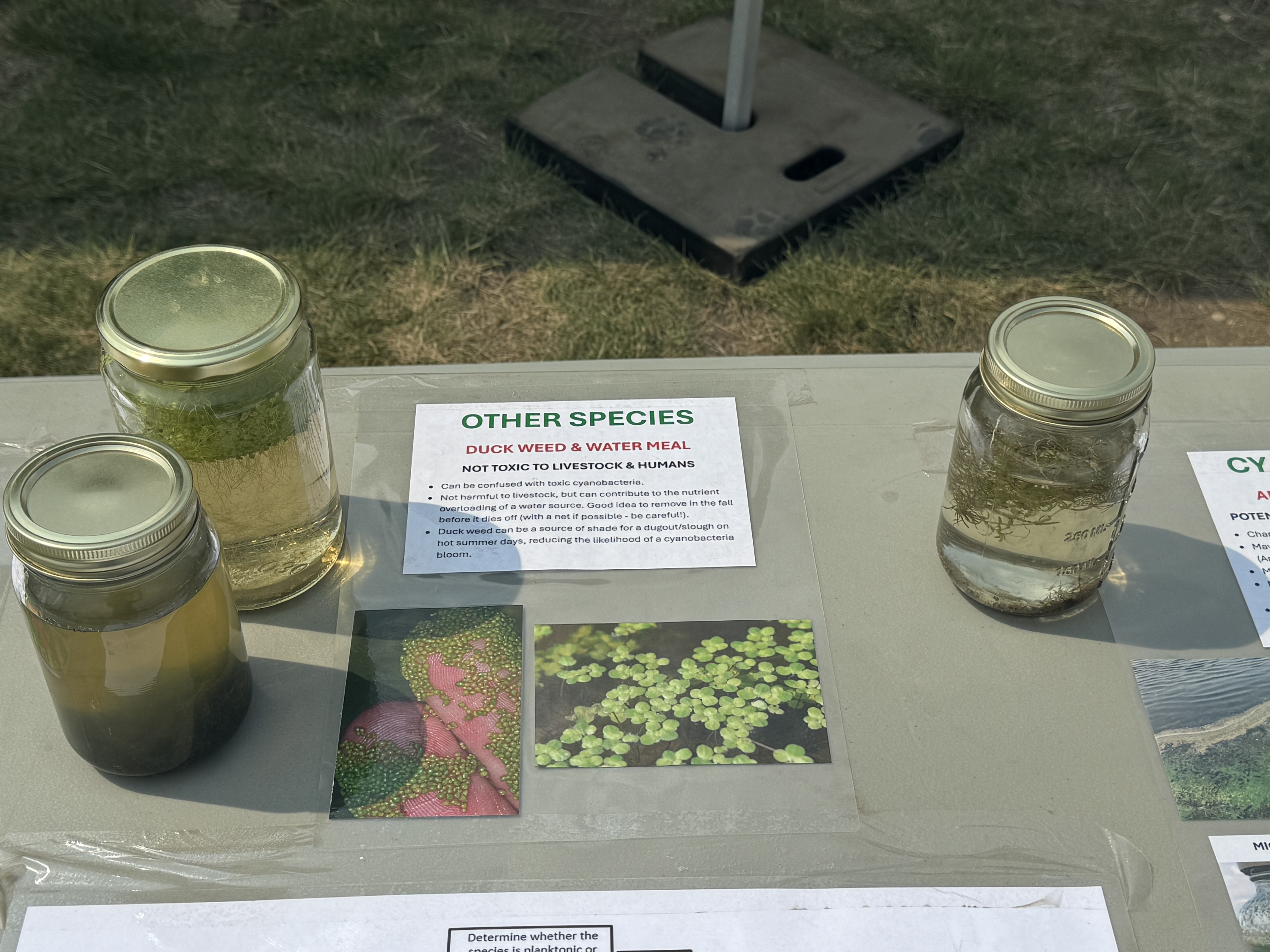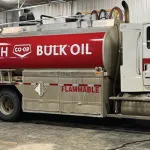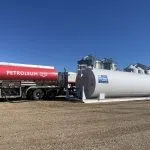
‘Prime time’: Sask. ag specialist breaks down the good and the bad of summer algae blooms
As temperatures climb and water sources across Saskatchewan warm up, conditions are ripe for algae to flourish — both the helpful kind and the potentially deadly.
“Prime time for some of these more dangerous species,” said Rikki Wilson, a livestock and feed extension specialist with the Saskatchewan Ministry of Agriculture.
“Some of them do push their way into the fall, so all summer long until things freeze, you want to keep your eyes out.”
While most algae are harmless, Wilson said some blooms, especially blue-green algae (cyanobacteria), can pose serious risks to livestock, pets, and even humans.




